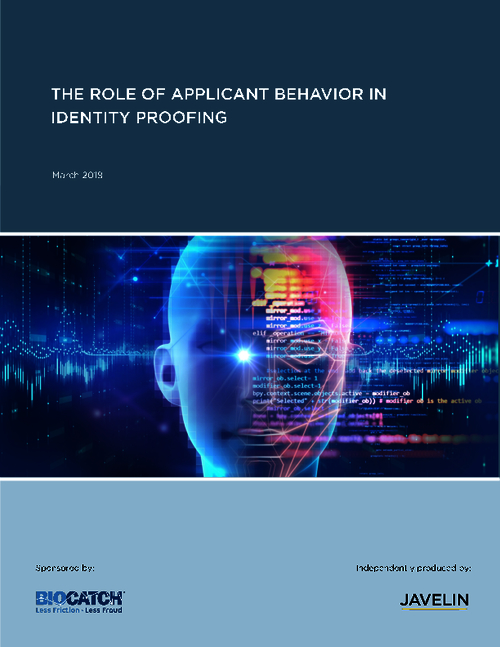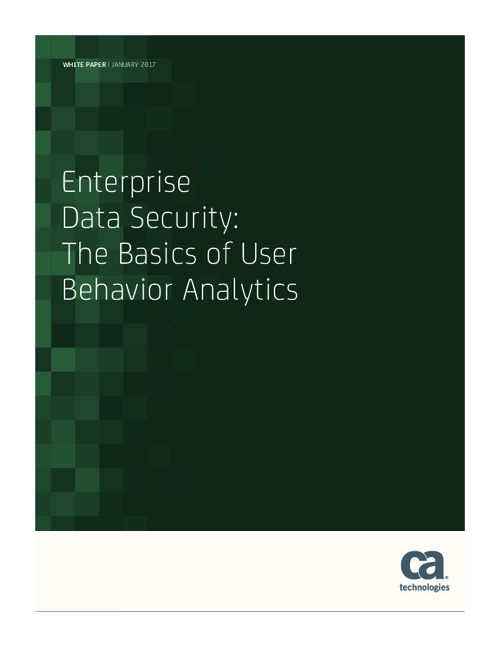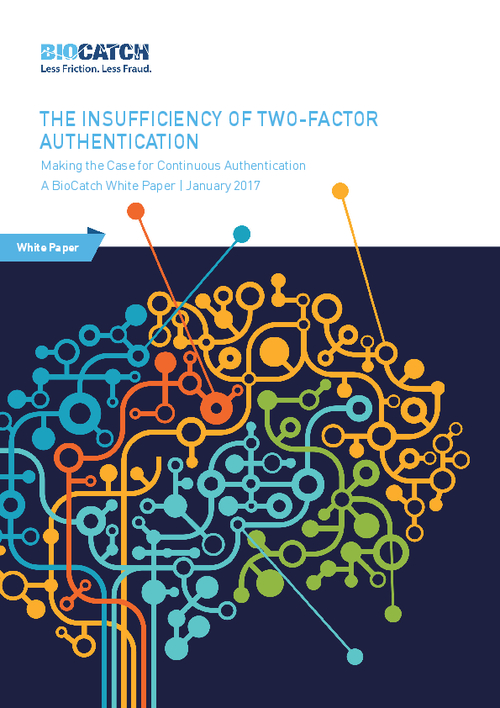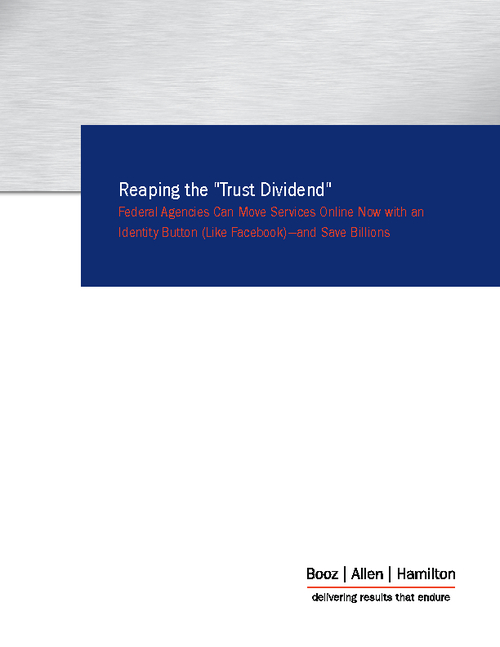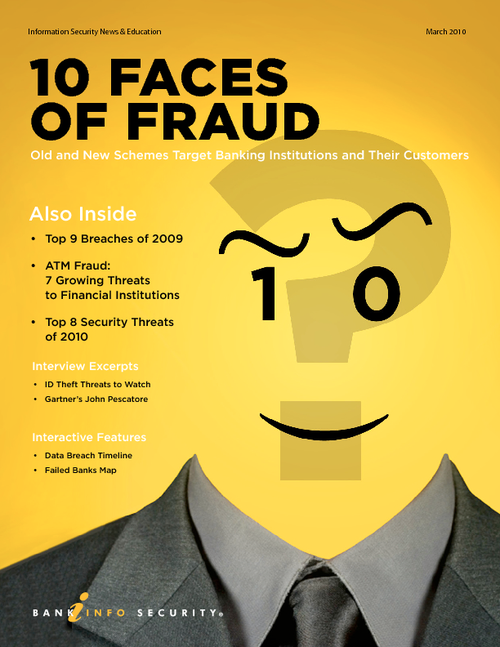Fight Back Against Identity Theft Part II: Steps Victims Can Take
EDITOR'S NOTE: This material was prepared by the Federal Trade Commission, which provides many identity protection resources at www.ftc.gov .If you are a victim of identity theft, take the following four steps as soon as possible, and keep a record with the details of your conversations and copies of all correspondence.
1. Place a fraud alert on your credit reports, and review your credit reports.
Fraud alerts can help prevent an identity thief from opening any more accounts in your name. Contact the toll-free fraud number of any of the three consumer reporting companies below to place a fraud alert on your credit report. You only need to contact one of the three companies to place an alert. The company you call is required to contact the other two, which will place an alert on their versions of your report, too.
Equifax: 1-800-525-6285; www.equifax.com; P.O. Box 740241, Atlanta, GA 30374- 0241
Experian: 1-888-EXPERIAN (397-3742); www.experian.com; P.O. Box 9532, Allen, TX 75013
TransUnion: 1-800-680-7289; www.transunion.com; Fraud Victim Assistance Division, P.O. Box 6790, Fullerton, CA 92834-6790
Once you place the fraud alert in your file, you're entitled to order free copies of your credit reports, and, if you ask, only the last four digits of your SSN will appear on your credit reports. Once you get your credit reports, review them carefully. Look for inquiries from companies you haven't contacted, accounts you didn't open, and debts on your accounts that you can't explain. Check that information, like your SSN, address(es), name or initials, and employers are correct. If you find fraudulent or inaccurate information, get it removed. Continue to check your credit reports periodically, especially for the first year after you discover the identity theft, to make sure no new fraudulent activity has occurred.
2. Close the accounts that you know, or believe, have been tampered with or opened fraudulently.
Call and speak with someone in the security or fraud department of each company. Follow up in writing, and include copies (NOT originals) of supporting documents. It's important to notify credit card companies and banks in writing. Send your letters by certified mail, return receipt requested, so you can document what the company received and when. Keep a file of your correspondence and enclosures.
When you open new accounts, use new Personal Identification Numbers (PINs) and passwords. Avoid using easily available information like your mother's maiden name, your birth date, the last four digits of your SSN or your phone number, or a series of consecutive numbers.
If the identity thief has made charges or debits on your accounts, or on fraudulently opened accounts, ask the company for the forms to dispute those transactions:
- For charges and debits on existing accounts, ask the representative to send you the company's fraud dispute forms. If the company doesn't have special forms, write your own letter to dispute the fraudulent charges or debits. In either case, write to the company at the address given for "billing inquiries," NOT the address for sending your payments.
- For new unauthorized accounts, ask if the company accepts the ID Theft Affidavit. If not, ask the representative to send you the company's fraud dispute forms. If the company already has reported these accounts or debts on your credit report, dispute this fraudulent information.
Once you have resolved your identity theft dispute with the company, ask for a letter stating that the company has closed the disputed accounts and has discharged the fraudulent debts. This letter is your best proof if errors relating to this account reappear on your credit report or you are contacted again about the fraudulent debt.
3. File a report with your local police or the police in the community where the identity theft took place.
Then, get a copy of the police report or at the very least, the number of the report. It can help you deal with creditors who need proof of the crime. If the police are reluctant to take your report, ask to file a "Miscellaneous Incidents" report, or try another jurisdiction, like your state police. You also can check with your state Attorney General's office to find out if state law requires the police to take reports for identity theft. Check the Blue Pages of your telephone directory for the phone number or check www.naag.org for a list of state Attorneys General.
4. File a complaint with the Federal Trade Commission. By sharing your identity theft complaint with the FTC, you will provide important information that can help law enforcement officials across the nation track down identity thieves and stop them. The FTC can refer victims' complaints to other government agencies and companies for further action, as well as investigate companies for violations of laws the agency enforces.
You can file a complaint online at www.consumer.gov/idtheft. If you don't have Internet access, call the FTC's Identity Theft Hotline, toll-free: 1-877-IDTHEFT (438-4338); TTY: 1-866-653- 4261; or write: Identity Theft Clearinghouse, Federal Trade Commission, 600 Pennsylvania Avenue, NW, Washington, DC 20580.
Be sure to call the Hotline to update your complaint if you have any additional information or problems.
The Identity Theft Report
An identity theft report may have two parts:
Part One is a copy of a report filed with a local, state, or federal law enforcement agency, like your local police department, your State Attorney General, the FBI, the U.S. Secret Service, the FTC, and the U.S. Postal Inspection Service. There is no federal law requiring a federal agency to take a report about identity theft; however, some state laws require local police departments to take reports. When you file a report, provide as much information as you can about the crime, including anything you know about the dates of the identity theft, the fraudulent accounts opened and the alleged identity thief.
Note: Knowingly submitting false information could subject you to criminal prosecution for perjury.
Part Two of an identity theft report depends on the policies of the consumer reporting company and the information provider (the business that sent the information to the consumer reporting company). That is, they may ask you to provide information or documentation in addition to that included in the law enforcement report which is reasonably intended to verify your identity theft. They must make their request within 15 days of receiving your law enforcement report, or, if you already obtained an extended fraud alert on your credit report, the date you submit your request to the credit reporting company for information blocking. The consumer reporting company and information provider then have 15 more days to work with you to make sure your identity theft report contains everything they need. They are entitled to take five days to review any information you give them. For example, if you give them information 11 days after they request it, they do not have to make a final decision until 16 days after they asked you for that information. If you give them any information after the 15-day deadline, they can reject your identity theft report as incomplete; you will have to resubmit your identity theft report with the correct information.
You may find that most federal and state agencies, and some local police departments, offer only "automated" reports a report that does not require a face-to-face meeting with a law enforcement officer. Automated reports may be submitted online, or by telephone or mail. If you have a choice, do not use an automated report. The reason? It's more difficult for the consumer reporting company or information provider to verify the information. Unless you are asking a consumer reporting company to place an extended fraud alert on your credit report, you probably will have to provide additional information or documentation when you use an automated report.

